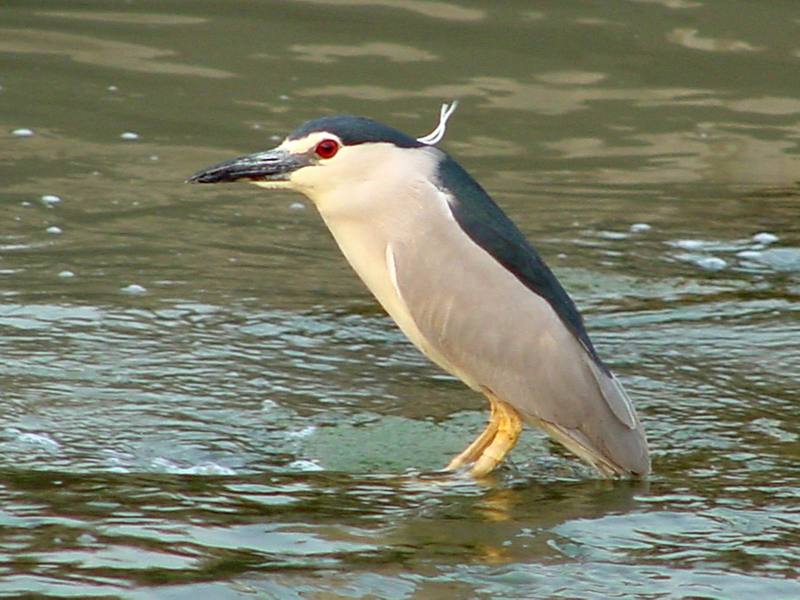|
Black-crowned Night Heron
| 제목: | Black-crowned Night Heron
| | 올린이: | Jinsuk Kim (kusnij@naver.com)
| |

| 해상도: 1600x1200
파일크기: 224792 Bytes
촬영일: 2004:05:18 19:04:19
사진기: MAVICA (SONY)
F number: f/2.8
Exposure: 1/60 sec
Focal Length: 600/10 cm
등록시간: 2004:05:23 02:41:44
|
ERROR : Server Busy(-1105)
ERROR : Server Busy(-1105)
Black-crowned Night Heron
Black-crowned Night Heron (Nycticorax nycticorax LINNAEUS / Ardeidae) waiting for the night - Kapchon stream, Daejeon, Korea.
밤을 기다리는 해오라기 - 백로과 (Ardeidae). 대전 유성구청앞 갑천. |
^o^
동물그림창고 똑똑전화 누리집
^o^
|
|

